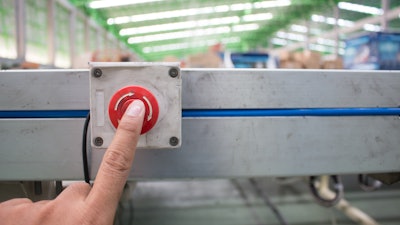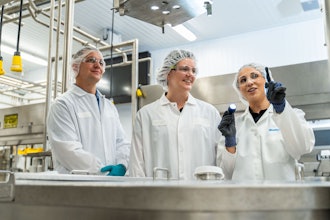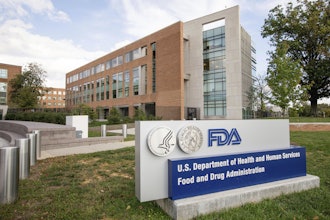
Getting critical information into the hands of the people who need it can be challenging in any environment, but in industrial settings, loud machinery, the inability to access cell phones, and other distractions and responsibilities can make a difficult task almost impossible. Organizations need to have the tools and strategies in place to share vital messages that quickly grab people’s attention.
That’s why many industrial organizations are turning to mass notification systems to help reach as many people as possible, as quickly as possible, leveraging communication tools they already have in place.
Industrial emergencies can widely vary, from severe weather and machinery malfunctions to violent intruders and medical emergencies. Understanding the situations that are likely to put people and operations at risk helps build a solid foundation for how organizations can best communicate, should those situations occur. Mass notification systems enable organizations to build customized messages for different scenarios, as well as create groups and zones to target those messages to the right audience.
Every organization is unique, so how information is shared and who it is shared with may depend on the number of employees, or the size and location of a facility. Some incidents may only require sending alerts to specific teams, like security, and some may only need to alert a specific area or building. The key is flexibility. The more flexible a system is, the better an organization will be able to respond to a crisis when it occurs.
The flexibility needs to extend not only to the content of a message and who receives it, but how it is delivered. Industrial environments are notoriously difficult to communicate within, and the more time it takes to alert everyone about a situation that impacts their safety, the more those people are put at risk. Leveraging simultaneous text, audio, and visual alerts within an industrial environment offers organizations the best chance to capture people’s attention quickly.
Mass notification systems can connect with existing hardware like desk phones, desktop computers, paging systems, speakers, horns, digital signage, strobes, and mobile devices to help raise the alarm, cut through the noise, and make employees stop what they are doing and take notice. It’s not just about getting a message out though, it’s about knowing when an incident takes place. The sooner people know, the quicker they can respond and provide assistance. Mass notification systems can also help in this area with automated and manual detection methods that initiate alerts.
Pushing the Right Buttons
Panic buttons are often the easiest and most accessible way to signal that an issue is taking place. Mounted buttons can be placed throughout a facility to be activated the moment someone notices an issue. Virtual panic buttons can be configured on desk phones and computers for accessible alerting at workstations, and wearable panic buttons and apps provide personalized protection. These can be particularly useful for lone workers who may not otherwise have a convenient means of requesting help.
Automated methods can include monitoring certain systems to initiate alerts when certain criteria are met. This can include monitoring the National Weather Service for approaching severe weather that may require shutting down, slowing production, or sensors that detect toxic chemicals or spilled liquids that may impact safety. Mass notification systems can even activate other systems to stop production lines, lock doors, shut off lights, or automate other necessary tasks to give responders more time to actively manage an event.
Recent advancements in AI video surveillance can even detect drawn weapons, spills, or suspicious persons in restricted areas when combined with mass notification. The easier it is to initiate a message, the quicker it can go out, saving precious time during serious events.
Major incidents may also impact an organization's work schedule, which is why a mass notification that offers on-site and mobile alerting is critical. Organizations can alert people within a facility about an event taking place, and warn other employees that an issue has occurred, preventing them from entering a potentially dangerous situation and interfering with an ongoing response.
Mass notification systems can also assist with getting organizations back up and running after an incident. Being able to alert all employees the moment danger has passed and inform them that normal operations may resume helps reduce downtime and confusion as to the status of a situation. Keeping everyone on the same page makes managing a crisis easier as clear, consistent information flows from a trusted source minimizes questions, and provides a simple way to provide regular updates until the “all clear” is given.
Effective safety strategies require careful planning and effective communication. Mass notification systems used within industrial settings can speed up the time it takes to get a message out and expand the reach of that message so the right people get the right information when they need it most.
Terry Swanson is president and CEO of Singlewire Software.






















